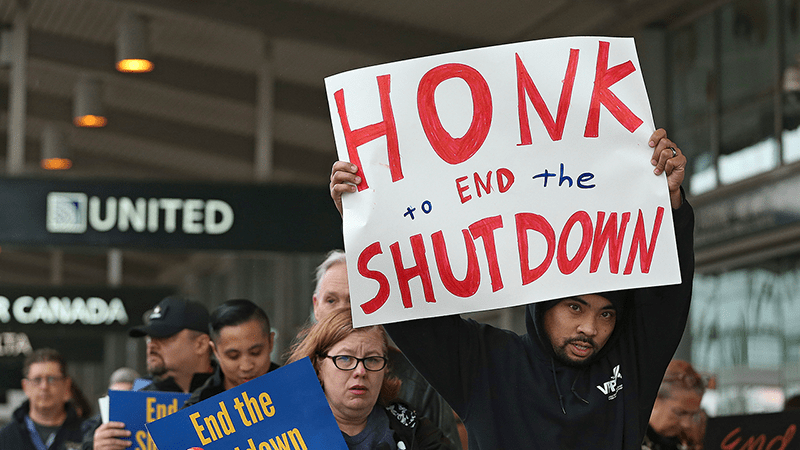Anabel Sanchez
Online Editor
By now, everyone has heard of the ominous U.S. government shutdown, which began at midnight on December 21, 2018. Many may not know exactly what it entails, but certain keywords floating around the discourse such as “immigration,” “wall,” and “funding” might have slipped into peoples’ awareness.
So, what exactly is the U.S. government shutdown? Why did it start? How long will it last? And more importantly, how is it affecting us? The process and the consequences of it are a multifaceted issue that has caused a virtual domino effect.
A government shutdown occurs when Congress has a lack of approval on the federal budget for government operations and agencies for the upcoming fiscal year. In a regular budgeting process, Congress allocates the funds by September 30. When Congress fails to come to an agreement on the allotment of the funds, it forces a shutdown.
The current shutdown is the result of a lack of agreement between President Donald Trump, Republican allies and Democrats over the funding of the proposed border wall between Mexico and the U.S. Trump requests $5.7 billion to fund the wall. Meanwhile, the Democrats had approved $1.6 billion to fund border security and refuse to approve the funding.
A government shutdown can go on indefinitely.
The government only reopens once Congress finally passes a bill for funding and the President signs it into law, regardless of how long it takes. As of January 22, 2019, the current shutdown is now the longest running government shutdown in U.S. history, beating the 21-day shutdown that last occurred in December 1995 under former President Bill Clinton’s administration.
The rippling effect of the shutdown is significant. Thousands of government department workers have been furloughed. This includes 40 percent of Agriculture, 87 percent of Commerce, 13 percent of Homeland Security, 95 percent of Housing and Urban Development and 87 percent of the Interior Department, which handles National Park maintenance.
Notably, the Department of Treasury has furloughed 83 percent of its workers, which might cause a delay in this year’s tax refunds. Also due to the shutdown, travelers might have to anticipate longer than usual lines in some larger airports as a reduction in TSA staffing has been reported.
With TSA agents deemed essential employees, they are obligated to show up for work even without a guaranteed paycheck. According to TSA’s latest report, unscheduled absences have reached 6.8 percent on January 14 and 6.1 percent on the 15th.
The shutdown has also caused the FDA to suspend the inspection of certain foods. According to food safety attorney Bill Marler, one should avoid sprouts, leafy greens and ready to eat products such as cheese and ice cream.
He stated, “I would be especially suspect if you’re a pregnant woman, children, or people with a compromised immune system.”
If there is a positive effect to be considered, it is the reaction of people across the continent who have displayed a heartening amount of sympathy for the government workers. In response to U.S. air traffic controllers working without pay in Anchorage, their Canadian counterparts in Edmonton sent them pizza in a gesture of compassion.
Despite the internal disorder the shutdown is causing, Trump remains resolute on the matter.
On the evening of Jan. 8, the President delivered an address to the nation from the oval office where he asserted that the wall is the only solution for reinforcing security and resolving the “growing humanitarian crisis” at the border.
Trump is scheduled to give his State of the Union address on Jan. 29. With all sides still firmly divided over the issue, an end to the shutdown may very well be nowhere in sight.
1/31/19 Edit: On January 25th President Trump announced a temporary deal to end the government shutdown. This is in order to open the government and allow government workers to receive their back pay. This temporary “truce” is due to last until the 15th of February. Congress is still in negotiation.
sancha9@mail.broward.edu
Photo courtesy of Rich Pedroncelli/Copyright 2019 The Associated Press
